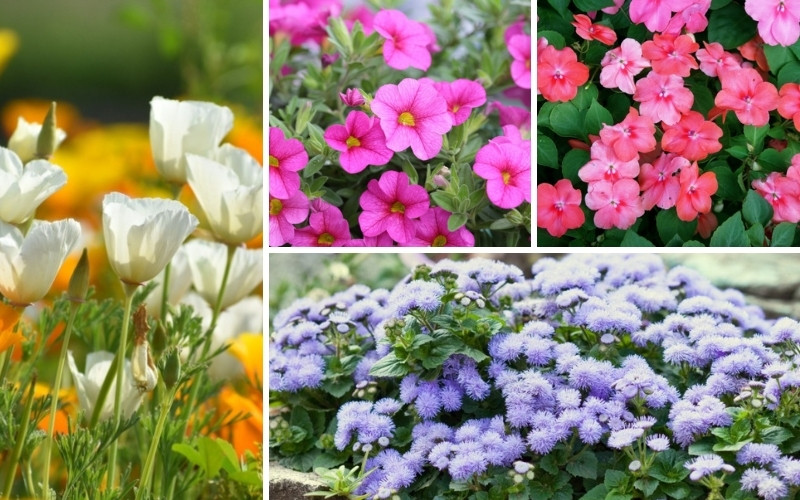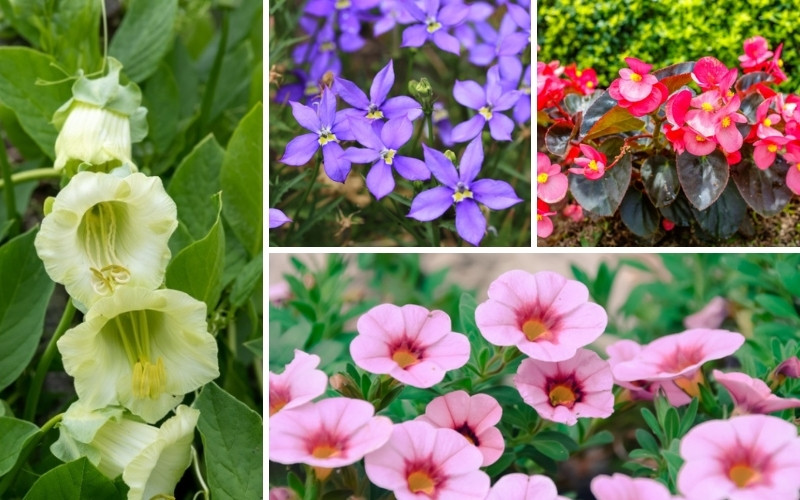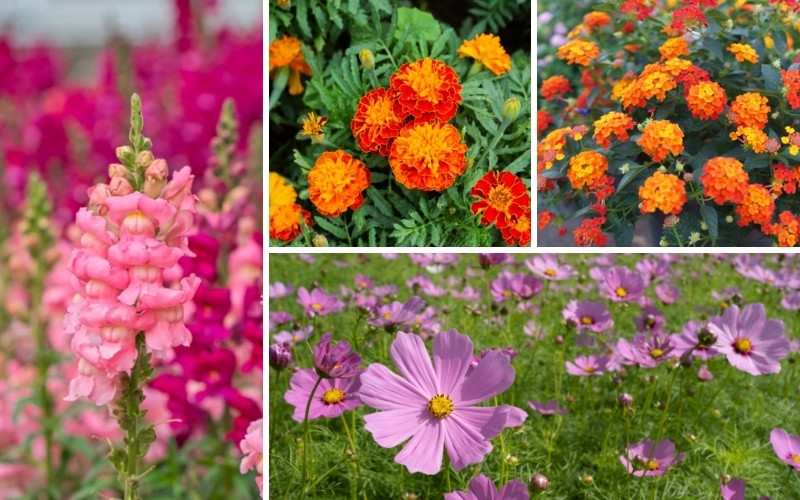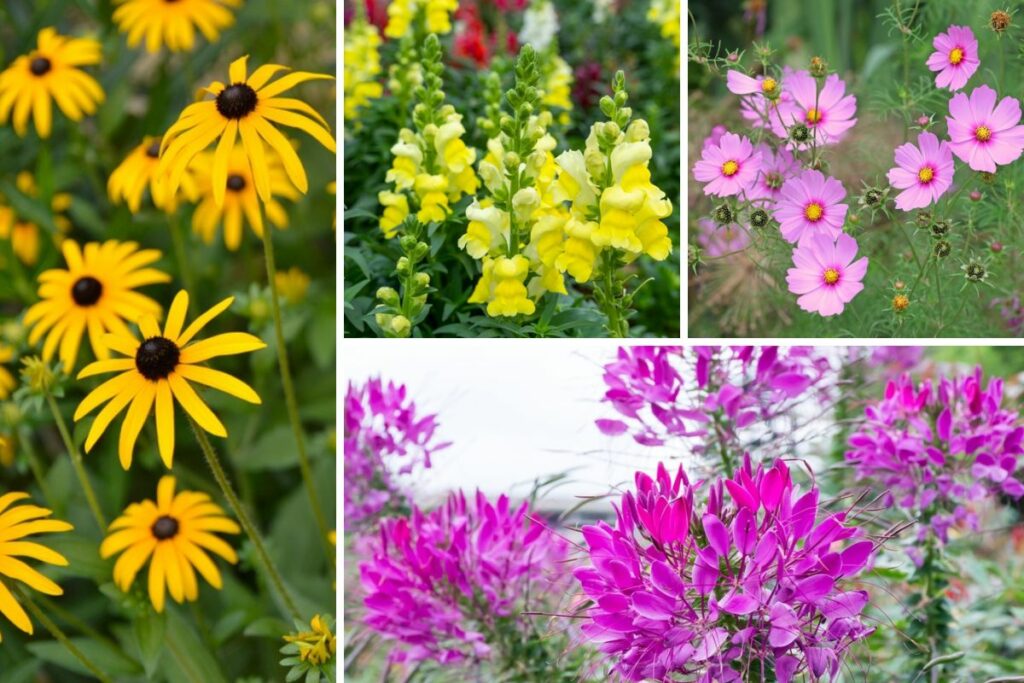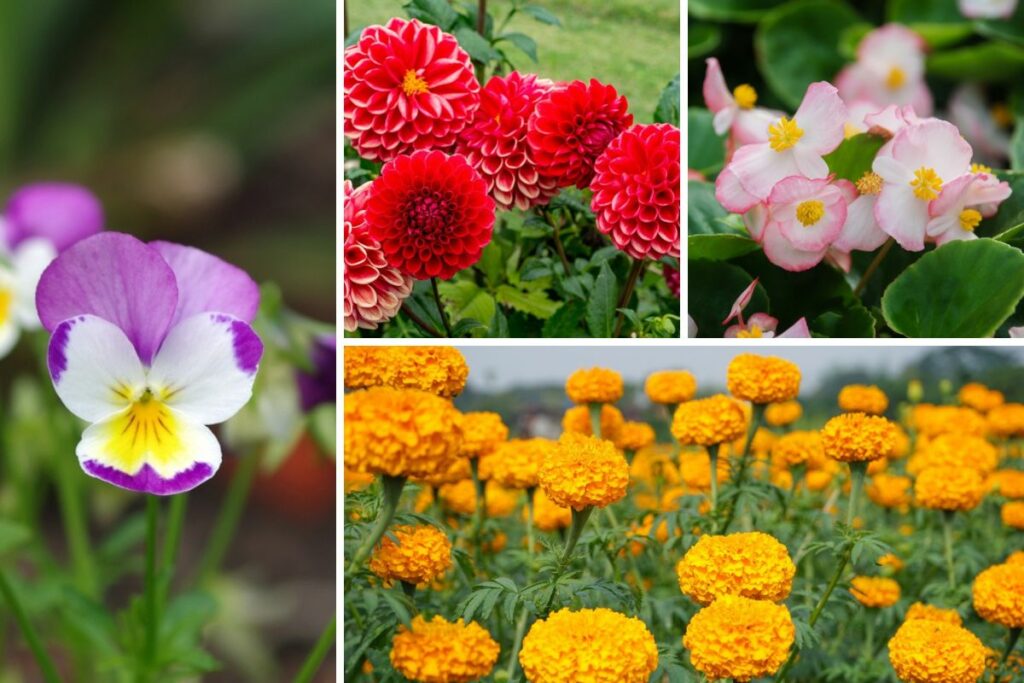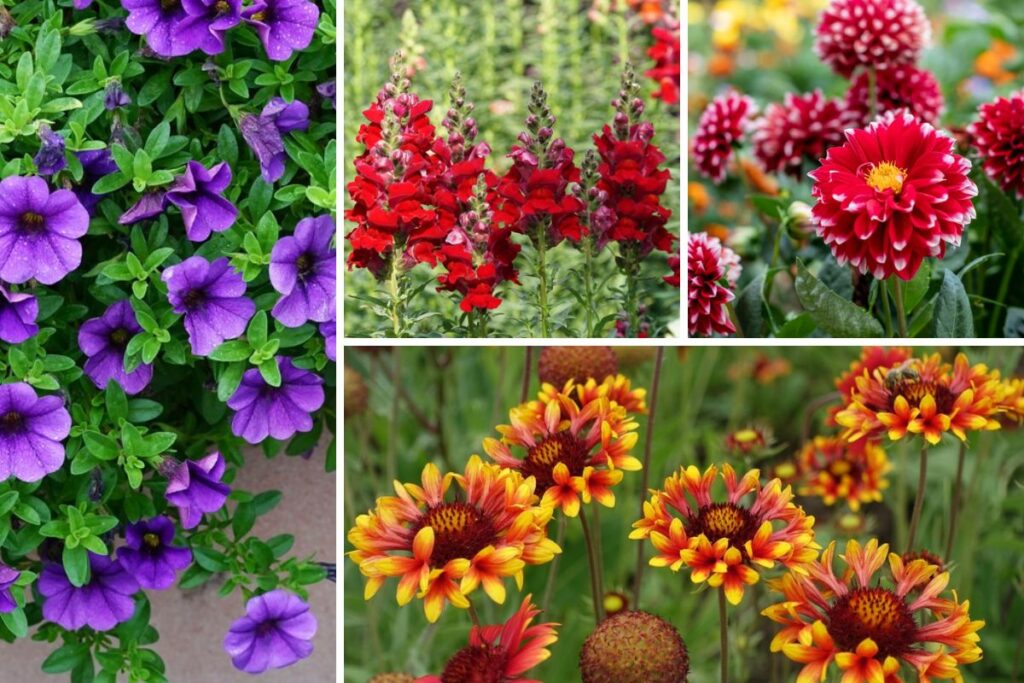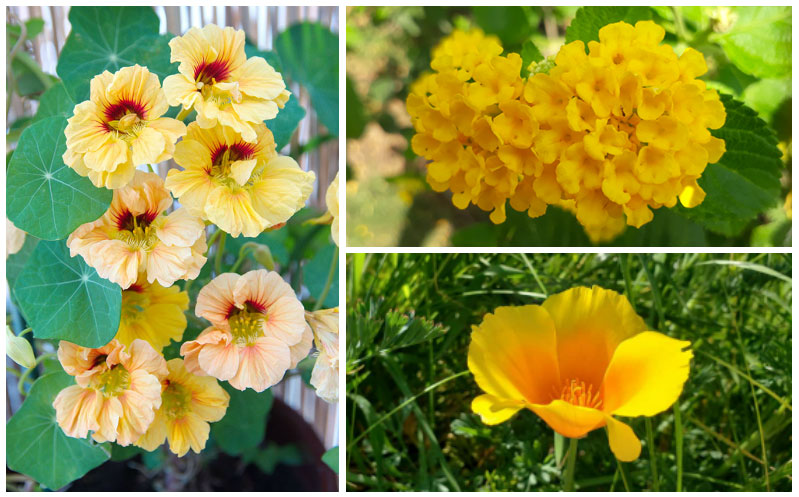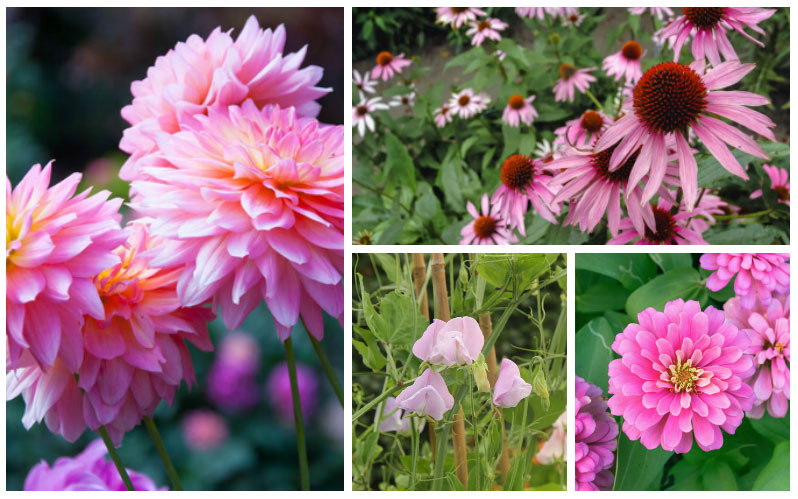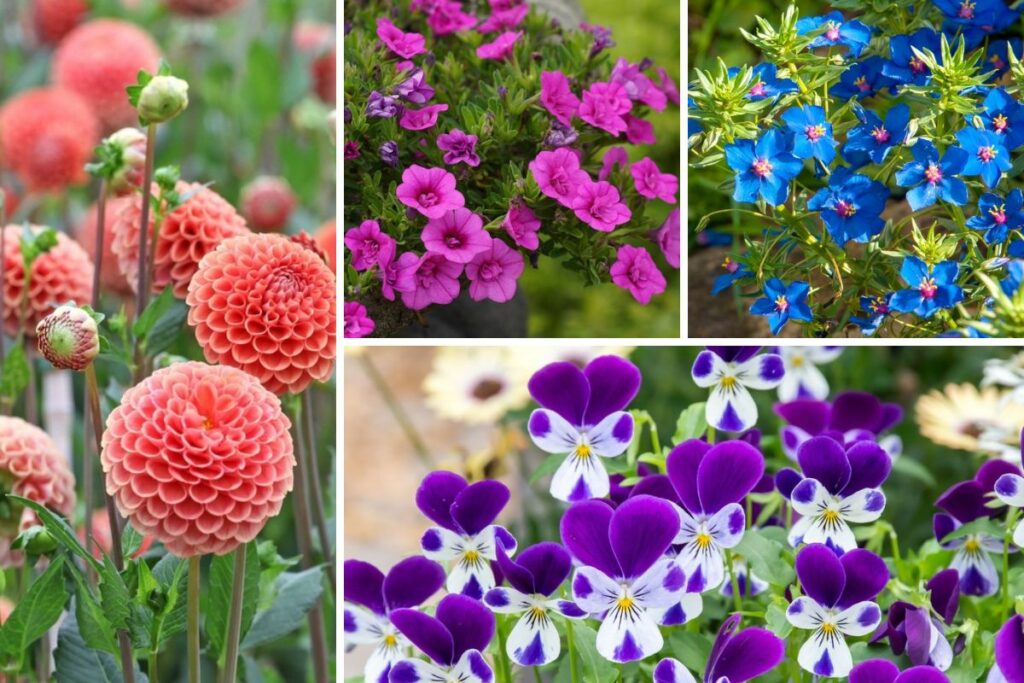If you’re a resident of The Lone Star State, there’s no shortage of options for you to choose from when picking plants to grow in your garden.
Nonetheless, you may be wondering about easy-growing Texas annuals.
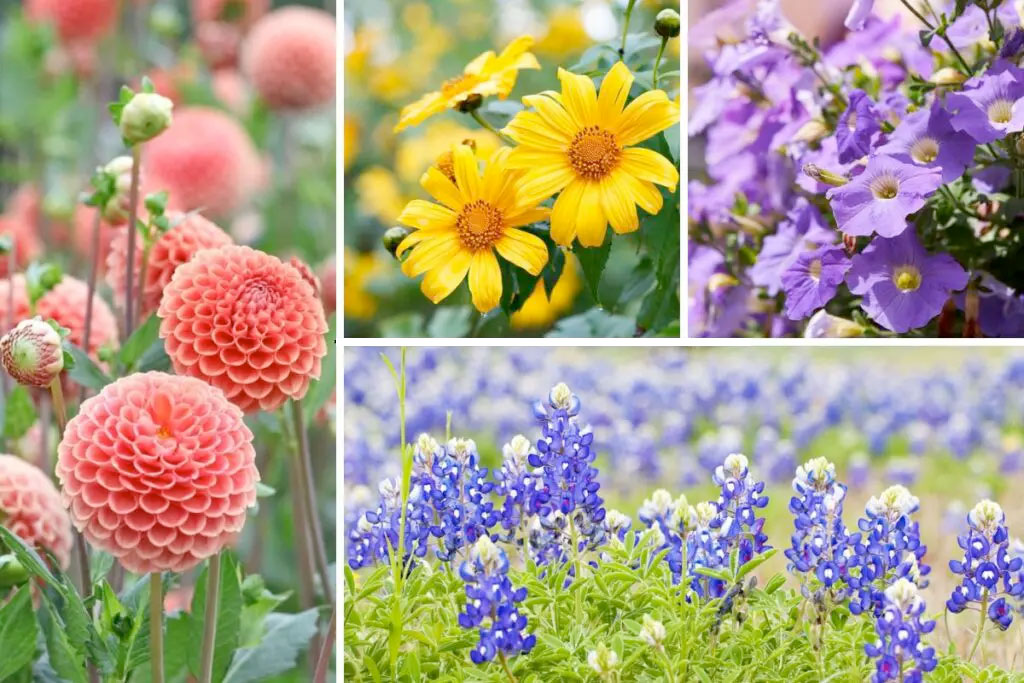
Some annuals that thrive in Texas include petunias, dahlias, and begonias. These colorful flowers grow well in the Texas sun and are easy to care for.
Read on to learn more about some of the best options for annuals to grow in Texas.
1. Petunias
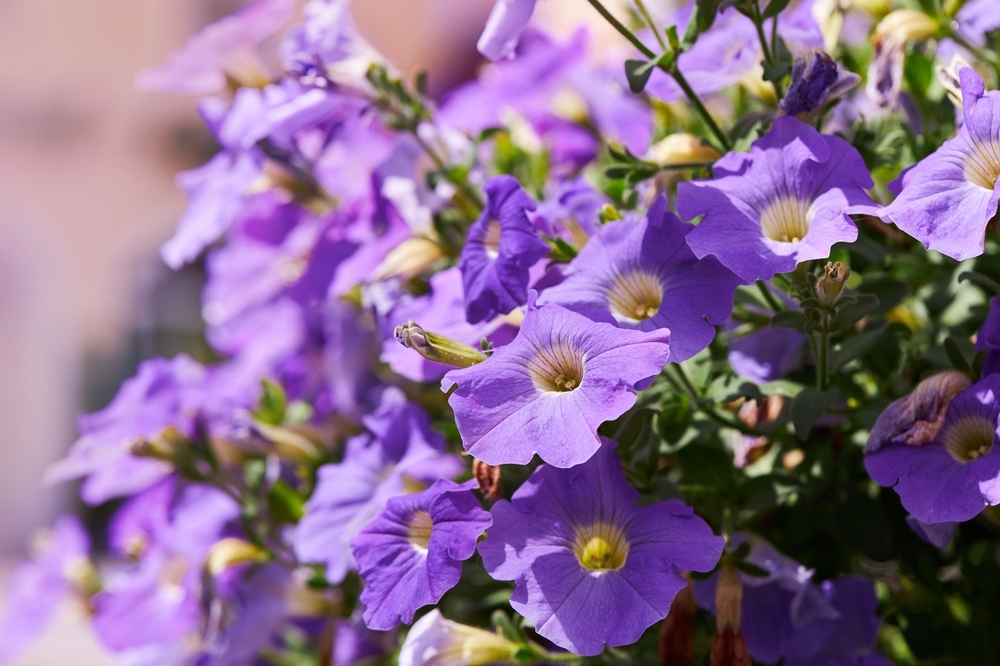
Let’s kick off our list with petunias.
These plants come in a wide array of colors that’ll suit every preference. Whether you grow pink, white, purple, yellow, or red petunias, your garden will acquire a whole new vibe from spring until winter.
Another perk of growing petunias is that they can thrive in many different settings. You can plant them straight into your garden soil, in a hanging basket, or in a window box. Each of these places has varying sunlight conditions, and petunias do just as well in any of them.
When growing petunias, you should keep in mind that they need to be watered quite frequently. This is especially true when they’re planted in hanging baskets or other containers. Water them twice a day, ensure that the soil is well drained, and you’re good to go.
2. Angelonias
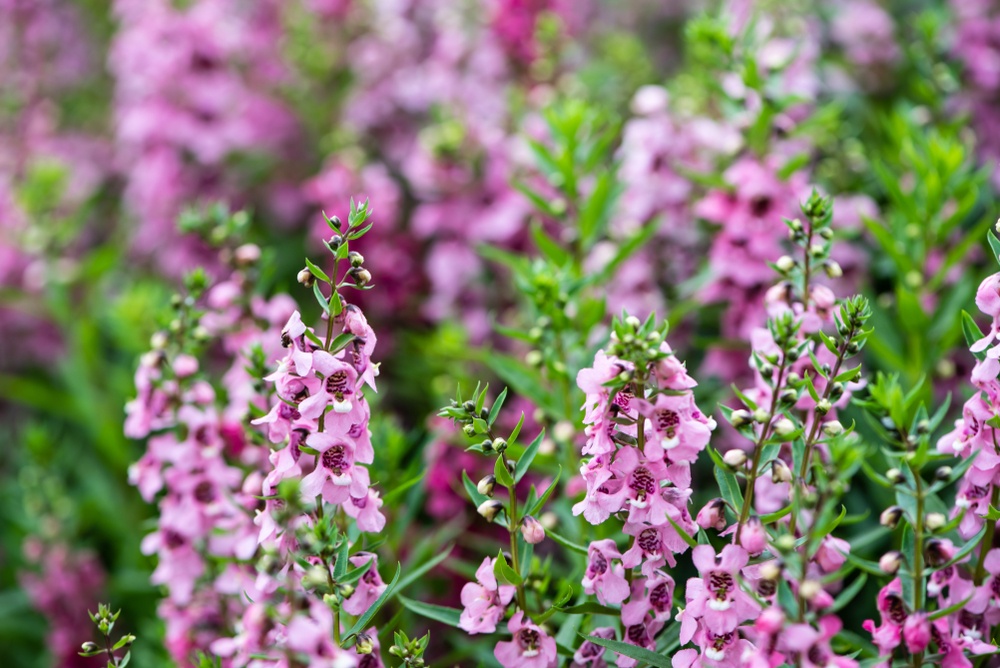
Angelonias are another excellent choice if you’re seeking a plant that’ll add plenty of color to your garden. These flowers have pink, purple, white, and blue variations, all of which are dazzling, and they start blooming in late spring.
Additionally, angelonias work best as border plants for other flowers due to their small size.
In terms of their care requirements, these plants grow best in bright, direct sunlight and well-drained soil.
To put the icing on the cake, angelonias’ presence will greatly benefit their neighboring plants. This is because they’re highly effective in repelling mosquitos, a trait they had to develop to survive their South American tropic stomping grounds.
3. Zinnias
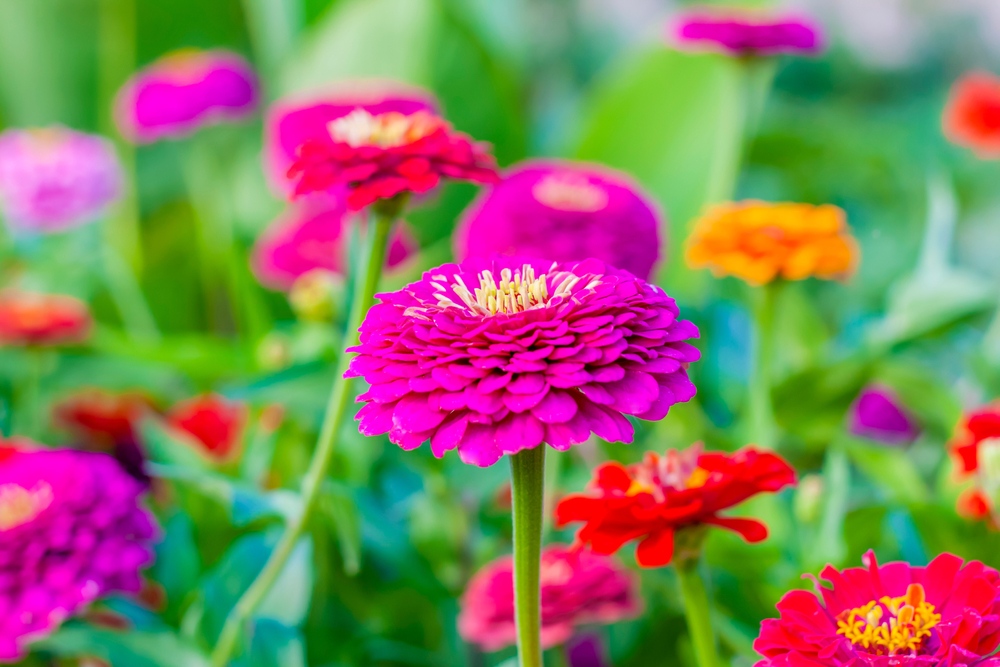
Next up on our list are zinnias.
These plants thrive in bright, direct sunlight. Therefore, the hot Texas weather will be right up their alley. However, you should ensure that the soil you’re growing zinnias in is well-drained to avoid root rot.
Zinnias have some kind of aesthetic appeal. They’re available in a variety of shades, including red, pink, purple, and yellow. Once summer rolls along and these plants are in full bloom, you’ll want to lounge in your garden and admire them all day.
Finally, zinnias aren’t all flash and no substance. These plants offer plenty of utility with their antioxidant and antifungal qualities.
4. Dahlias
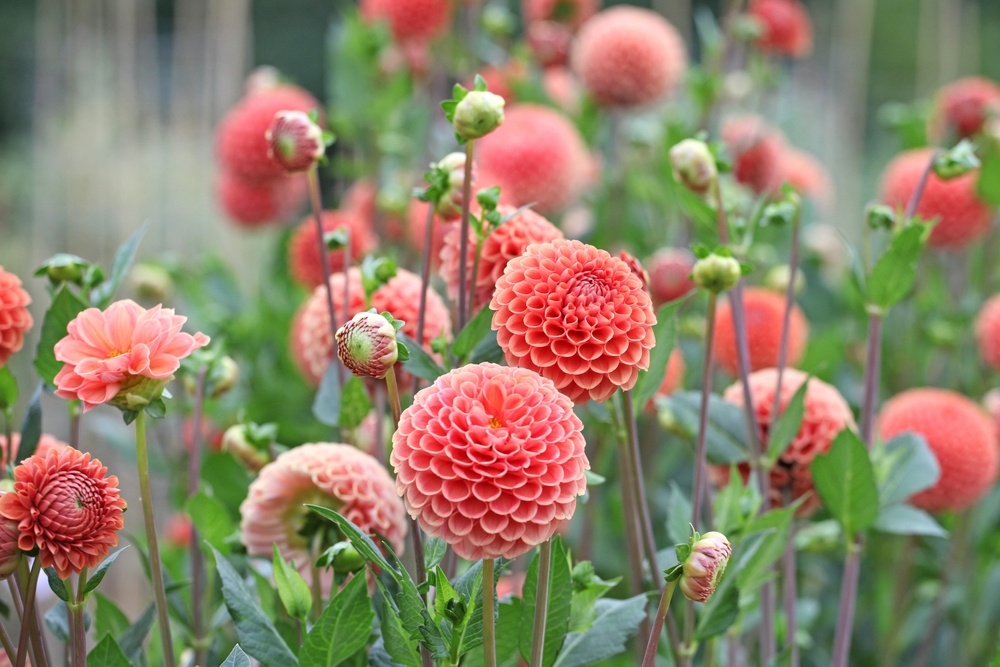
If you’re searching for a dazzling foliage plant to grow in your Texas garden, look no further than dahlias.
These plants’ voluminous, emerald-green foliage is a joy to look at. Although their foliage is the main attraction, this doesn’t mean that dahlias don’t produce flowers too. These plants bloom between midsummer and early fall, putting their beautiful pink flowers on full display.
Since these plants call the mountainous regions of Mexico home, they’re accustomed to getting plenty of rainfall and direct sunlight. Therefore, you should water dahlias at least twice a week and plant them in a spot that gets a minimum of six hours of direct sunlight daily.
5. Marigolds
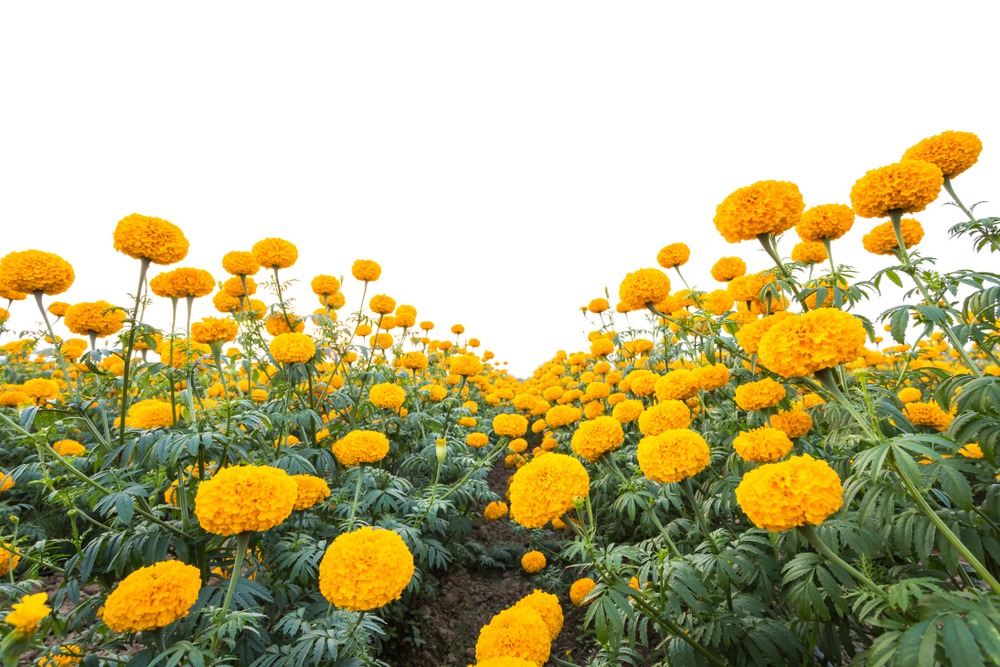
Another candidate to consider growing in Texas is marigolds.
These plants, with their bright orange and yellow flowers, will undoubtedly put a smile on your face on many occasions. All you’ll need to do to return the favor is provide them with plenty of bright, direct sunlight and well-drained soil.
Marigolds offer significant functional benefits as well. They’re highly effective in keeping away harmful pests such as flies and beetles. Additionally, they’re an appealing destination for pollinating insects like bees and butterflies.
This’ll do wonders for the health of the other plants you have in your garden.
6. Begonias
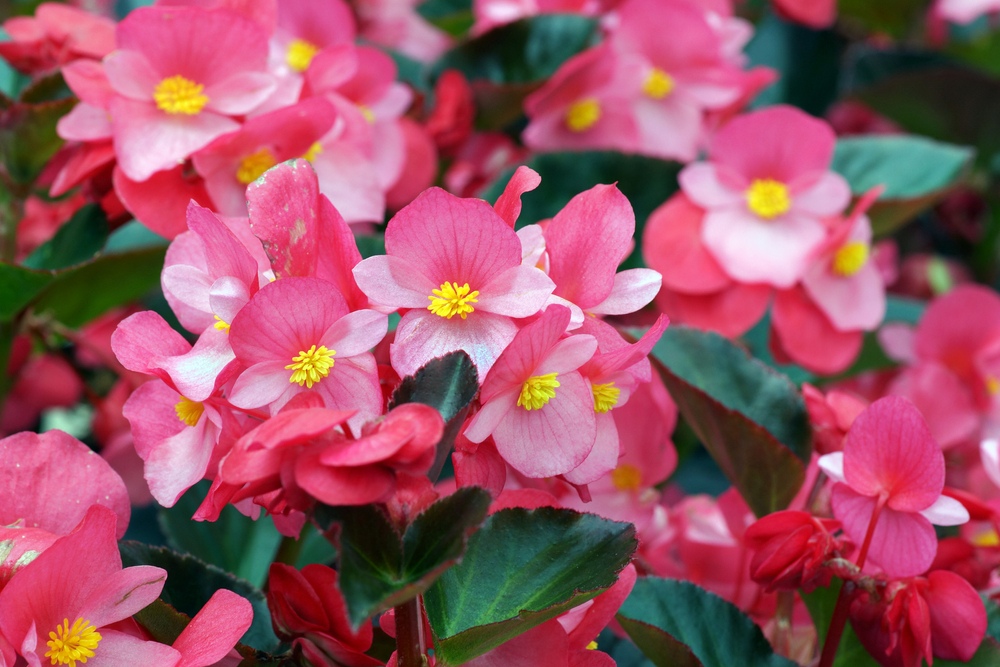
Begonias are yet another great option to go for if you want to introduce an extra splash of color to your backyard. You have a choice between white, pink, orange, and yellow, and you can’t go wrong with pretty much any of them.
One of the main advantages of begonias is that they’re relatively low-maintenance plants. All they need is five hours of bright, indirect sunlight a day and to be watered once a week. As with most of the plants on this list, begonias also require well-drained soil.
These plants also have a rich symbology, with each begonia color representing something different.
7. Texas Bluebonnets
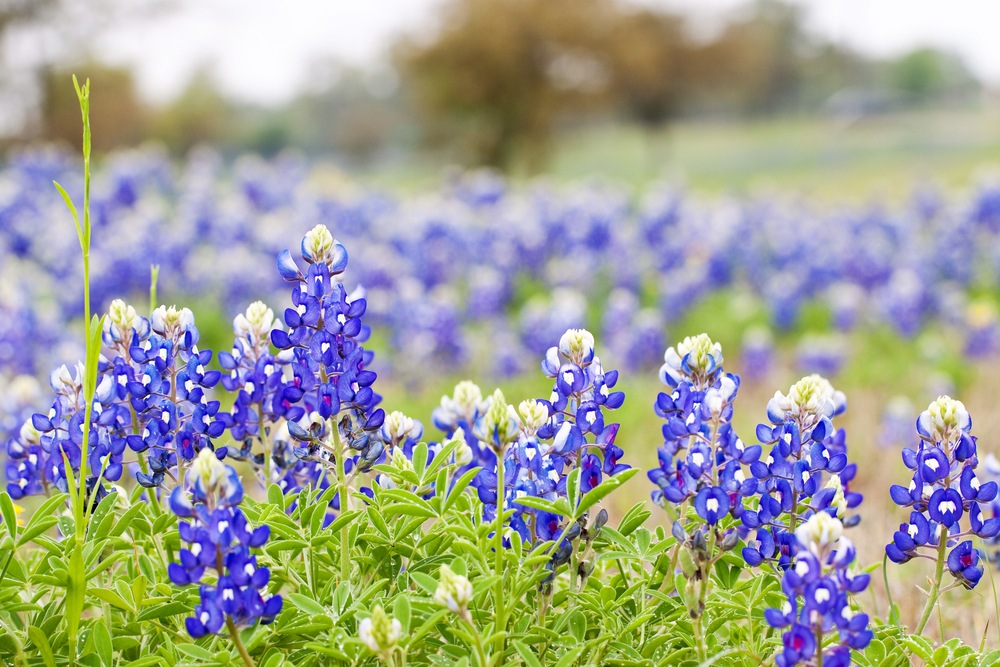
No list of plants to grow in The Lone Star State would be complete without the Texas state flower, the Texas bluebonnet.
This plant can be found in the wild all over Texas, but it also fares well when planted in your backyard garden.
Texas bluebonnets are known for their small blue flowers and their white-tipped stalks. The bonnet shape of these flowers is the reason for the plant’s moniker. These flowers are on full display when these plants bloom in the spring and summer.
If you want your Texas bluebonnets to thrive, provide lots of direct sunlight and well-drained soil.
8. Black-Eyed Susans
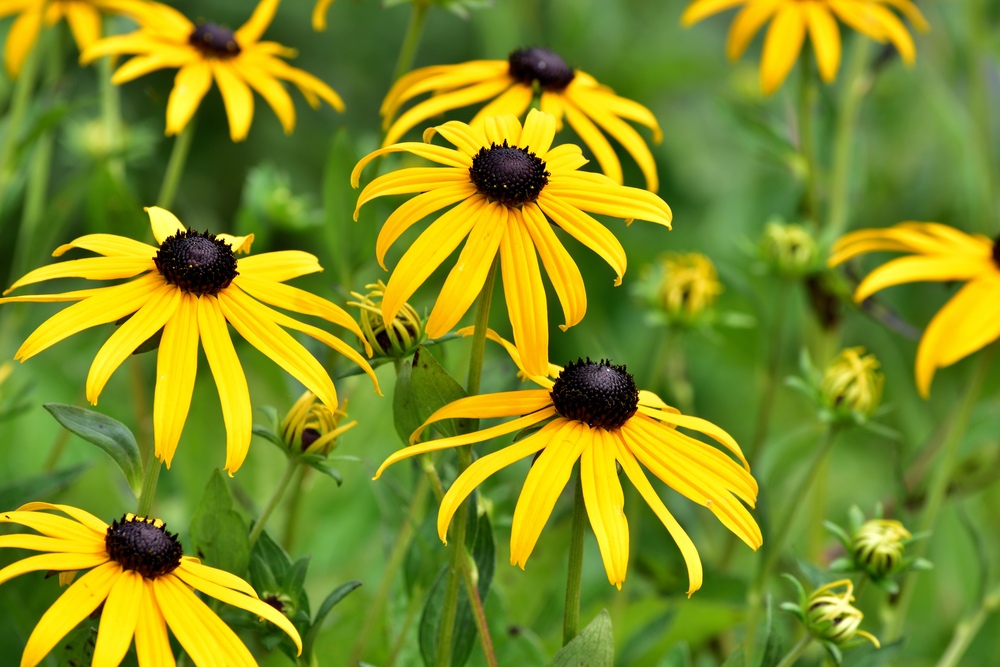
When the summer rolls by and black-eyed Susans are in full bloom, the bright yellow flowers they produce are a sight to behold. These cheerful flowers are enough to uplift your mood even on the toughest days.
In terms of their watering needs, these plants need to be watered once a week on average. They also require well-drained soil to remain healthy.
Keep in mind that black-eyed Susans don’t have a built-in defense mechanism against pests, making them particularly vulnerable. This is why it’s a good idea to grow a pest-repellent plant such as bee balm along with them.
9. Sage
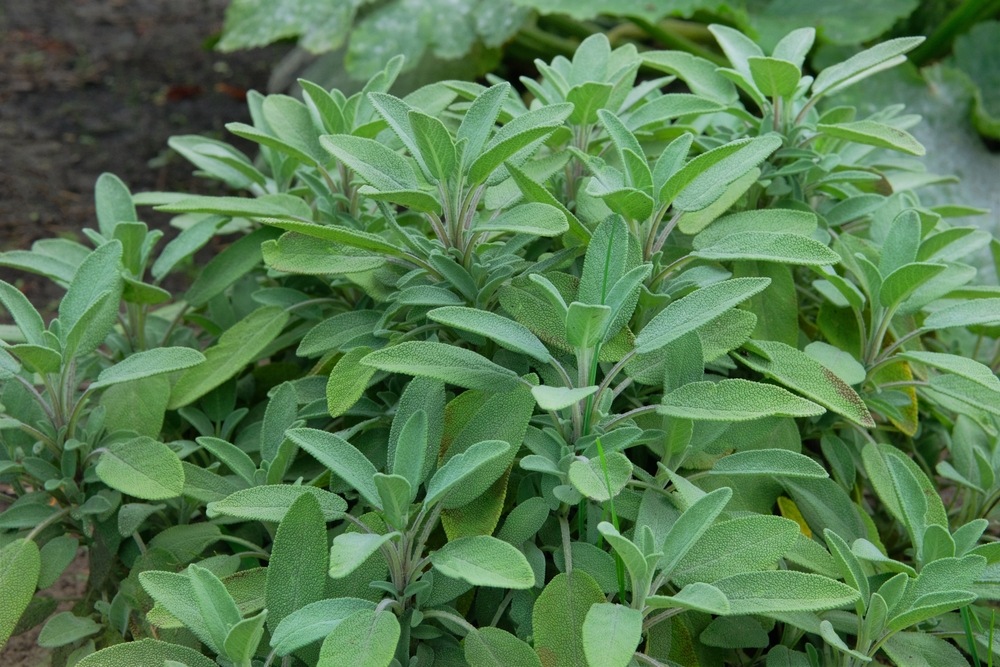
If you’re looking to take the aromatic experience in your garden to the next level, what better way to do so than to grow some sage?
This plant’s smell is an absolute treat for the senses. Additionally, the beautiful purple flowers it produces during its summer bloom are quite the attraction.
Interestingly enough, the smell of sage is repugnant to pests. This makes sage an excellent protective plant to grow around your other plants and keep them pest-free.
Sage requires lots of bright, direct sunlight to remain healthy. You’ll have no issues providing these conditions when living in Texas. Furthermore, make sure to water your sage at least once a week.
10. Mexican Sunflowers
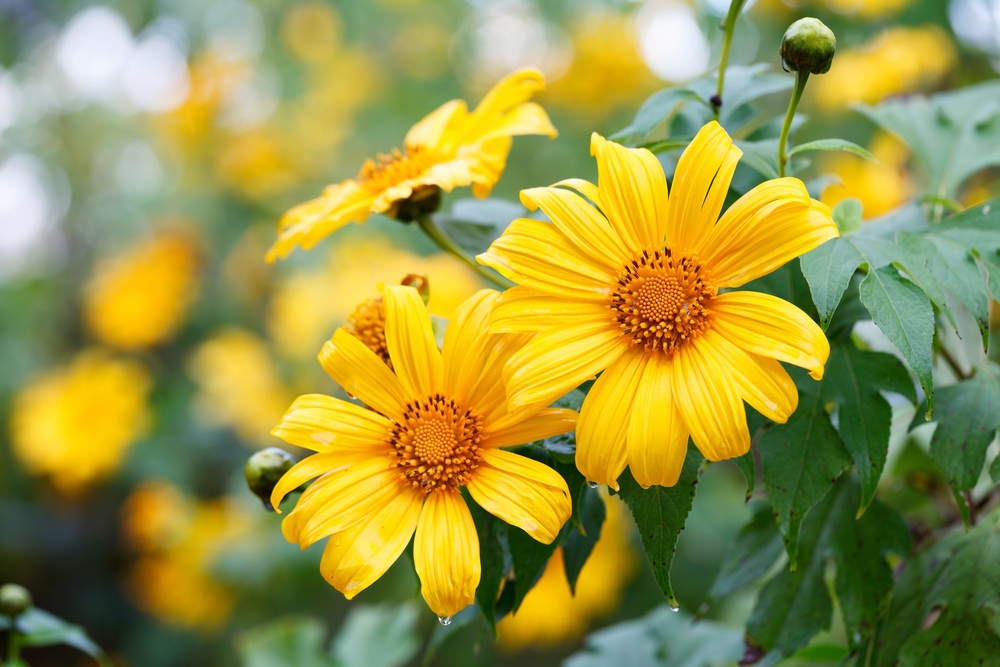
Last but not least, we have Mexican sunflowers.
These plants are as vibrant as they come with their large, fiery orange and yellow flowers. Mexican sunflowers tend to bloom towards the end of the summer and the entry of fall.
This means that when your other plants’ blooms come to an end, you’ll still have plenty of color in your garden.
As for their preferred conditions, these plants thrive in well-drained soil and plenty of bright, indirect sunlight.





